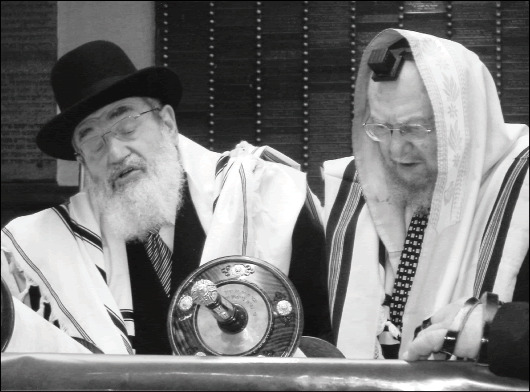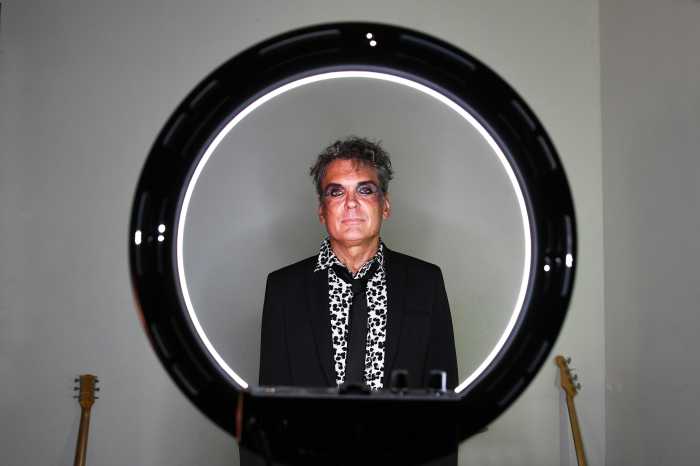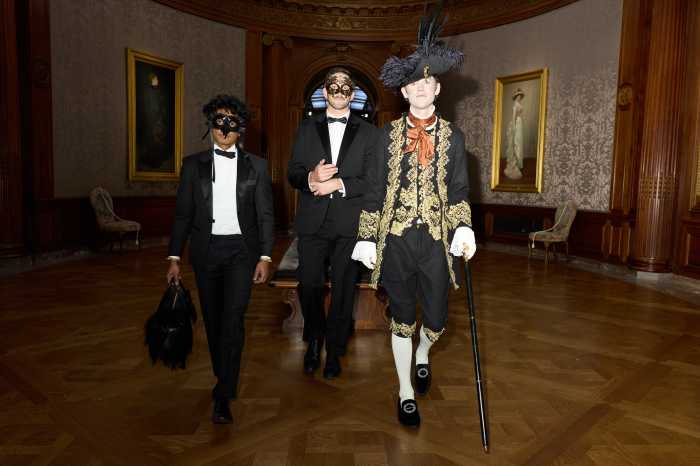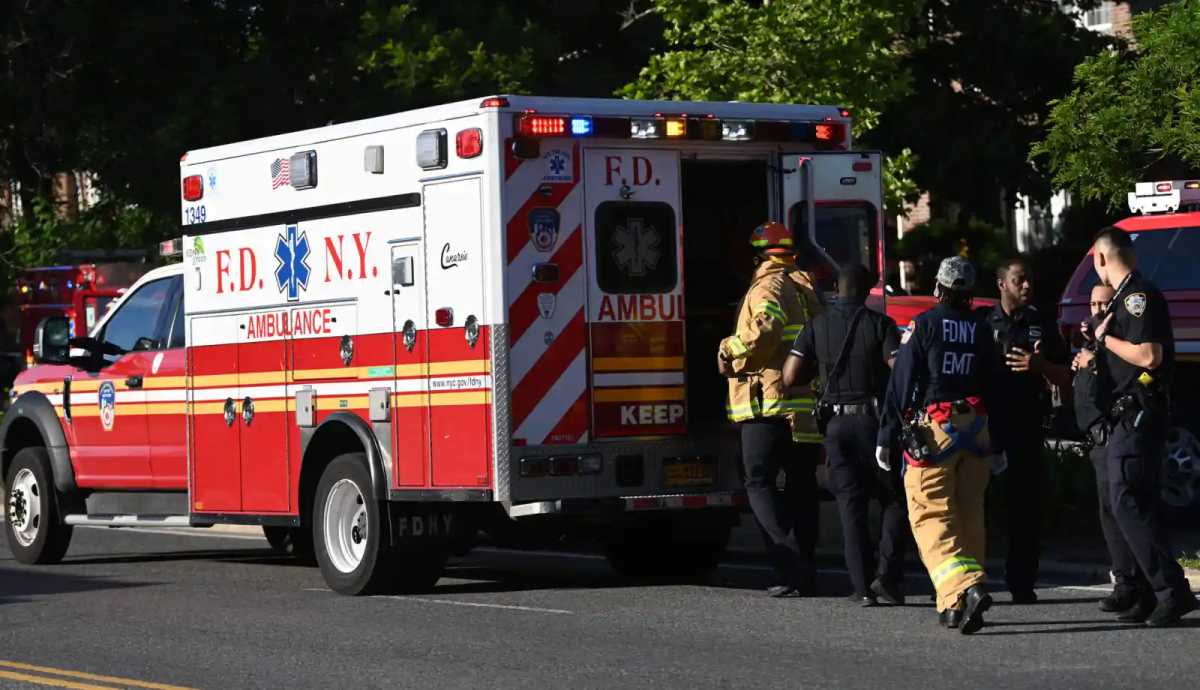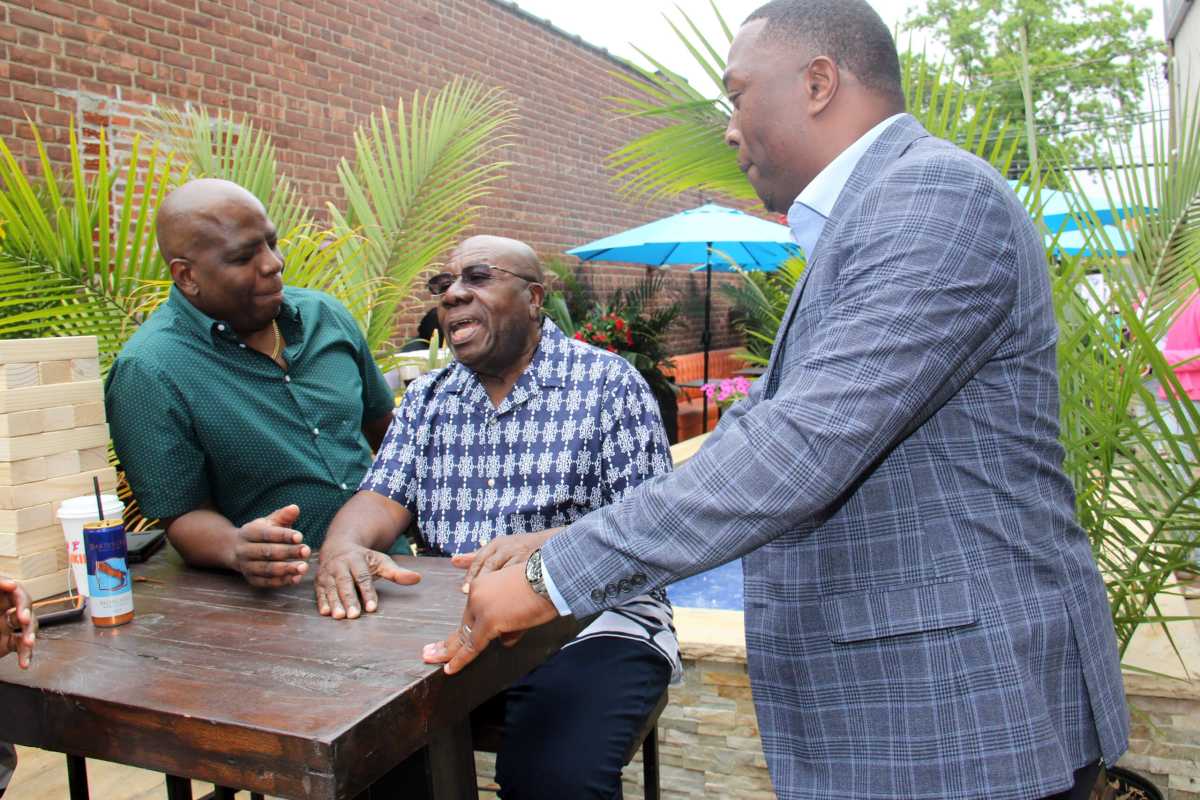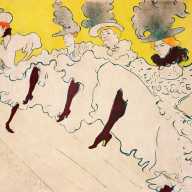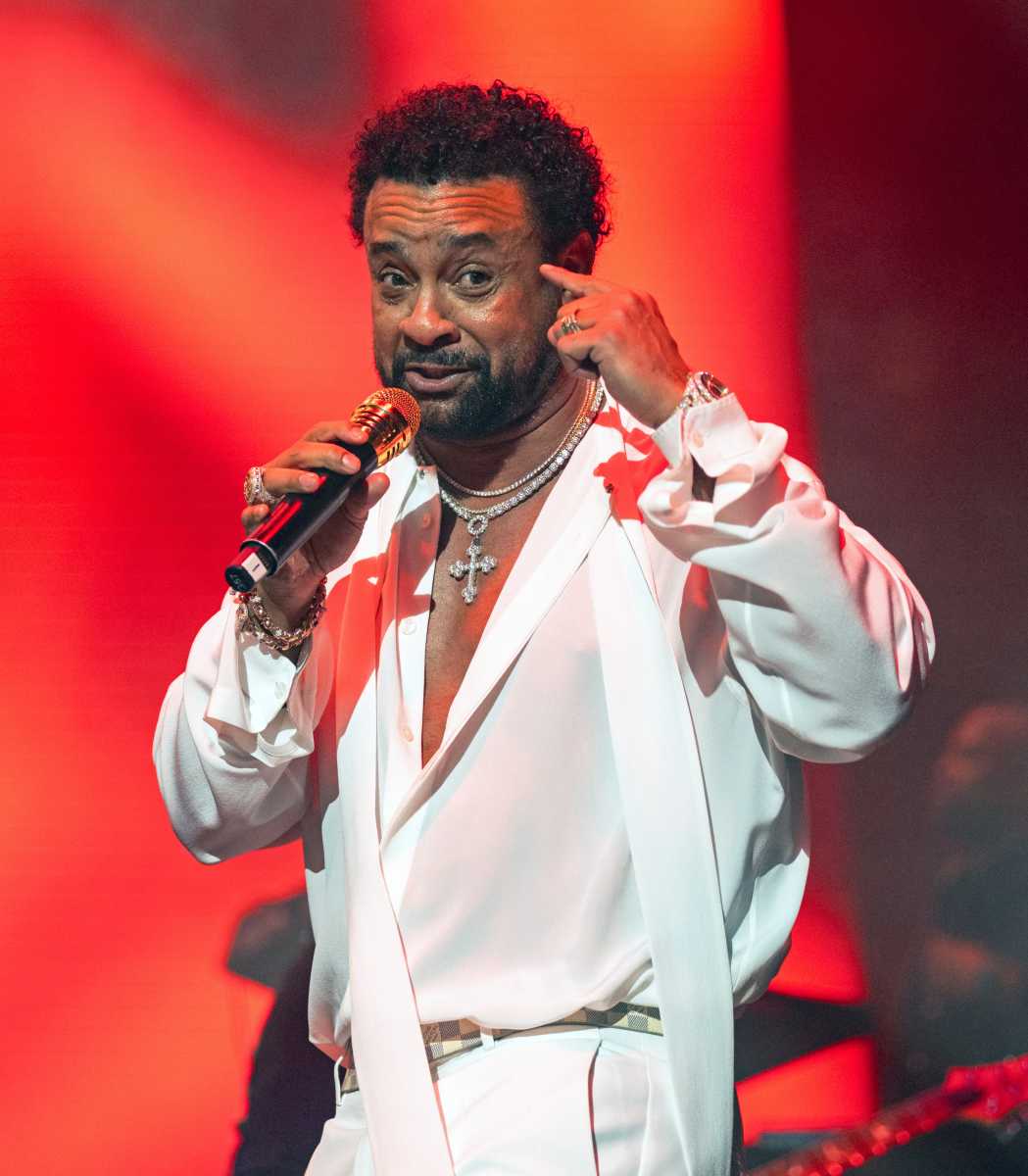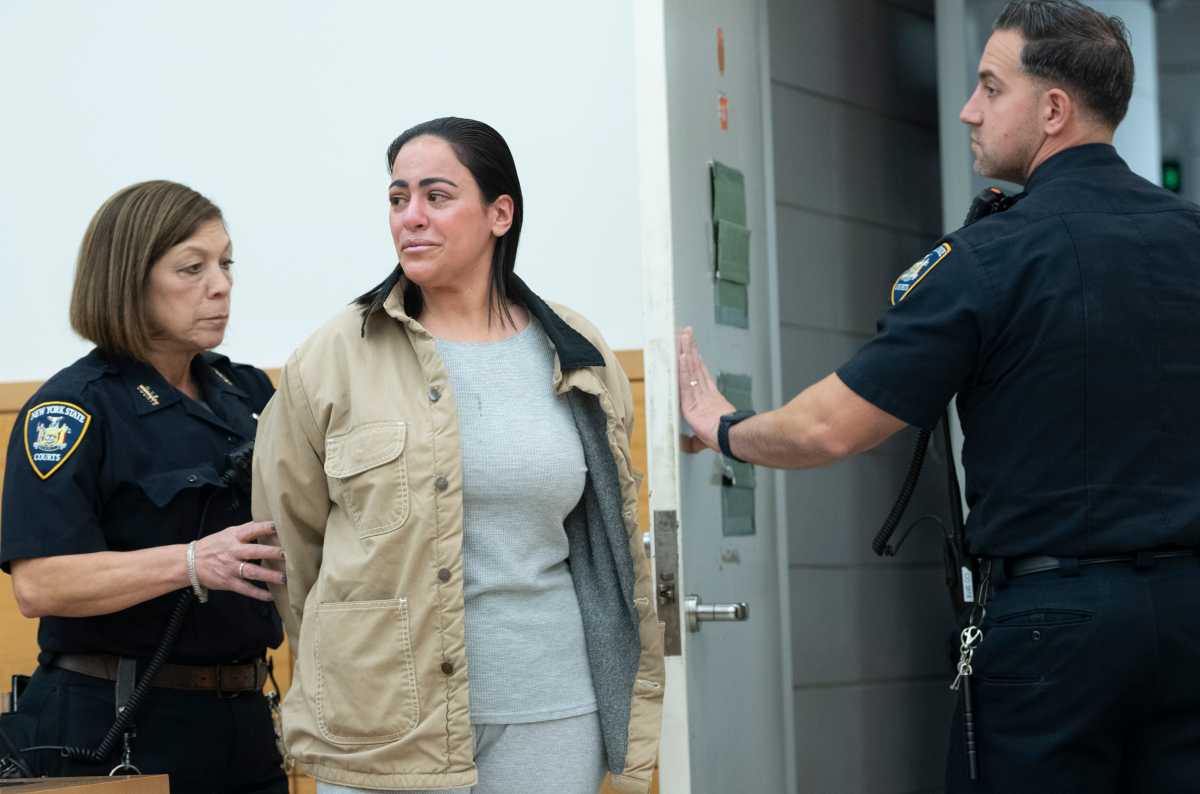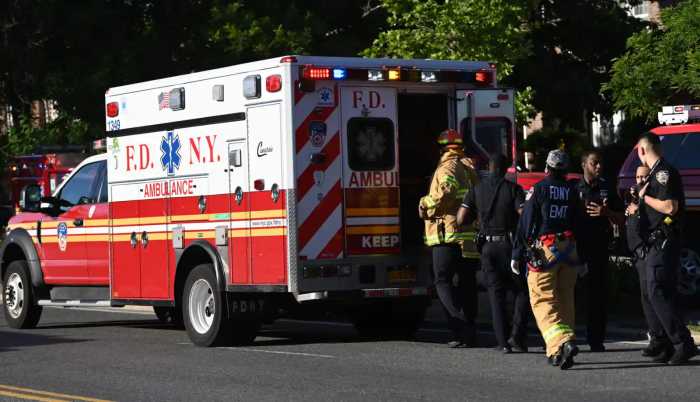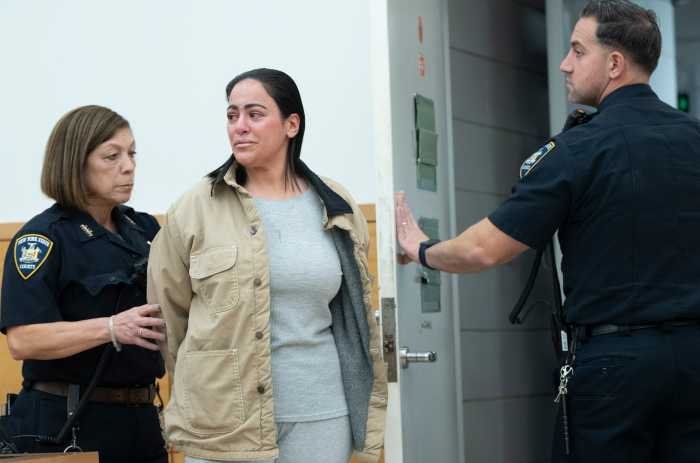By Clayton Patterson
Edited by Monica Uszerowicz
I have documented the Lower East Side by photograph and video for more than 30 years. The camera has gotten me into numerous situations — some good, others dangerous. I have documented many different kinds of incidents and events and people. With the assistance of Elsa Rensaa, my partner since 1972, we have amassed an extraordinary archive dealing with the L.E.S., containing hundreds of thousands of photographic images and a few thousand hours of video. The archive has to be one of the most in-depth collections of L.E.S. photographic histories that currently exists. I do not feel arrogant saying that I have taken more photos of the L.E.S. than any other single photographer in the history of this community, especially now that the most recent part of the archives are digital.
Over the years, I have become reasonably familiar with who is doing local visual documentation. I can count on one hand, excluding my thumb, the number of people I have witnessed documenting the community — the people who have shown due diligence and those simply passing through. The idea of who has documented the L.E.S. is the subject of this week’s page. The person of concentration is Daniel Stein.
Most people will not be familiar with the photography of Danny Stein because his focus has almost exclusively been the Orthodox Jewish community below Delancey St. He started taking photos in the 1970’s.
Danny, born Jan. 27, 1954, and raised on the L.E.S, is also a community activist. He was given an award for starting the Disabled Block Watchers group. With Marcia Lemmon, Danny and I started the Lower East Side Power Breakfast, which ended when Marcia became ill. When Marcia and I were banned from the 7th Precinct Community Council for asking questions about crime in the neighborhood, Danny, out of protest, quit, too, because of what we saw as corruption in the organization.
I first met Danny collecting signatures outside of “Fort Pitt,” our local firehouse. The city was taking away Engine 17, the pumper. Joel Myers and I were two of the many community residences protesting the city’s action. We took the protest a step further by going pro se; we sued the city to keep Engine 17 in the house. And even though Danny has a serious disability that would have kept most people homebound, he collected tens of thousands of signatures demanding that the city keep the pumper in the house. A story for another day, some amazing documentation, but in the end, we lost.
Because of this Engine 17 struggle, I came to admire Danny’s strength of character and soon learned of his photography. I was intrigued. We became friends and engaged as a team in a few L.E.S. documentary projects. Our first collaboration was taking photos of Sammy “The Nudge” Fleischer. Sammy, a community activist, collected and gave out for free handicapped equipment to those in need. We also put together an award ceremony for “The Nudge” at the Pitt St. Pool to celebrate the inauguration of the naming of the pool. (It was now The Sammy “The Nudge” Pool.) Sammy had done enough work to pull the pool out of the gutter and back to its glory days.
Danny and I went around and documented most of the L.E.S. shuls. One of the last we have to do is the Eldridge Street Synagogue. But what is most special, to me, is his currently unrecognized and underappreciated photo archive of the Lower East Side Orthodox community. Many bright photography stars have come to the community and made a big noise documenting some local historical building or person. A few did not breeze through and spent time and made a real contribution — an example would be Oscar Israelowitz, who published Jewish-themed tour books. A more recent book that ought to be collected is “Life on the Lower East Side: Photographs by Rebecca Lepkoff, 1937-1950.” This project was made possible by the diligent efforts of the inspired L.E.S. historian Suzanne Wasserman.
But it is Daniel Stein who has filled the cup of Lower East Side photographic history by putting in one drop at a time — one year going into the next, event after event, the boys (from the bris to the bar mitzvah), the weddings, the elderly, the torch that gets passed from one rabbi to the next. Time and commitment is what Danny’s archive represents.
But this complete lack of recognition for Danny’s photographic commitment to his community has allowed time to break down his organization. And this is a most serious matter. There is no question that Danny is a strong person and has a vitality that is matched by few, but now is the time to get a group of people together and to put his archives in order. As people age, it will be harder for those who come later to distinguish the individuals in his photos. It would not be a complicated mission for a small group of people to form a collective and make order out of chaos — to do this would be a more than worthy achievement. It would be a contribution to the history of the L.E.S. Why shouldn’t Danny’s documentation of the Jews be remembered? I do not understand the logic of worshiping those who moved on and became social icons — it is The People who are important.
I have tried, in the past, to intrigue others to shed some light on his amazing archive. I think he faces two prejudices: One is his disability; the other is that he developed his images at the local drugstore. To judge this is foolish. With or without his disabilities, he got the shots, religiously. Evidence of existence is not always based on the glories of the golden, well-crafted, processed image: It is the fact that the artifact exists — and to be fair, Danny’s photos are still aesthetically beautiful.
Volume 1 of “Jews: A People’s History of the Lower East Side,” an anthology edited by Clayton Patterson and Mareleyn Schneider and published by Seven Stories Press, is in the finishing stages and expected to be out soon. There are two Daniel Stein articles in the book — one by Dr. Schneider and the other by me. These two chapters can be the first of many showcases of Danny’s life, history and work.



